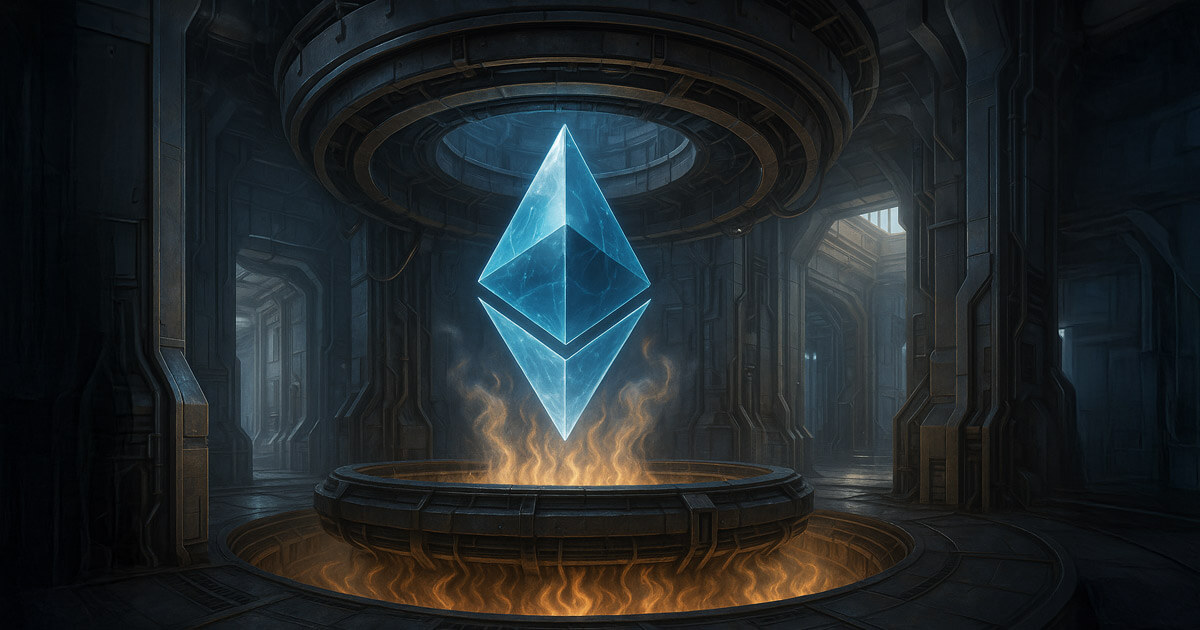Justin Drake reveals 10-year ‘Lean Ethereum’ roadmap to achieve 10k TPS on mainnet

Ethereum researcher Justin Drake unveiled the “Lean Ethereum” proposal on July 31 that reframes the base layer around the imperatives of survivability against nation-state and quantum threats and orders-of-magnitude performance gains without sacrificing decentralization.
The new guidelines were dubbed “fort mode” and “beast mode,” respectively.
Published on the Ethereum Foundation blog, the vision argued that the network can simultaneously harden security and radically scale by anchoring the mainnet in hash-based cryptography and restructuring all three protocol sublayers, which are consensus, data, and execution.
Ethereum co-founder Vitalik Buterin and Drake recently addressed the concept during an ETH-focused event in Berlin.
Fort mode and beast mode
Drake’s security thesis highlights that Ethereum must run for decades, even centuries, under adversarial conditions.
According to the roadmap, “if the internet is up, Ethereum is up” is the goal. On performance, Lean Ethereum targets roughly 10,000 transactions per second (TPS) on mainnet via aggressive vertical scaling and approximately 1 million TPS on layer-2 (L2) blockchains via expansive horizontal scaling.
He added that enabling “moon-math” is no longer aspirational, suggesting real-time zero-knowledge virtual machines (zkVMs) for execution and data availability sampling (DAS) for data throughput.
A complementary usability aim is full-chain verification on consumer devices, such as browsers, phones, and wallets.
Three “lean” sublayers
Lean Ethereum proposes coordinated upgrades across three different layers. The first is “Lean consensus,” or Beacon Chain 2.0, focused on hardening the Beacon Chain for maximum security and decentralization, with near-instant finality measured in seconds.
Lean data (Blobs 2.0) is the second layer. The goal is to enable post-quantum “blobs” with granular sizing to preserve a calldata-like developer experience while boosting throughput.
Lastly, Lean execution (EVM 2.0) consists of a minimal, SNARK-friendly instruction set that preserves EVM compatibility and network effects but accelerates proving and verification.
Together, these changes aim to deliver “performance abundance” under non-negotiable continuity and simplicity constraints.
Hash-based crypto as the standard fabric
Lean Ethereum treats the hash function as the fundamental primitive across layers. Aggregate signatures in consensus supplanting Boneh-Lynn-Shacham (BLS), hash-based commitments replacing Kate, Zaverucha, and Goldberg (KZG) in the data layer, and hash-centric zkVMs streamlining execution verification.
The approach is designed to simultaneously future-proof against quantum adversaries while harmonizing with the rapid rise of SNARKs across the stack.
Drake said that Lean Ethereum is as much an engineering aesthetic as a roadmap. The concept is based on minimal modules, encapsulated complexity, formal verification, and provable security and optimality.
The emphasis on “lean craft” seeks to prune legacy complexity while standardizing on primitives that are easier to reason and verify.
Mentioned in this article
[title_words_as_hashtags






